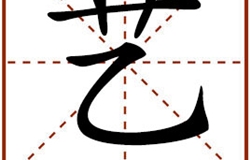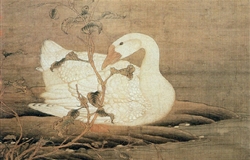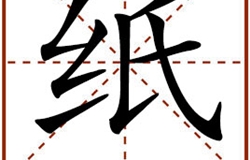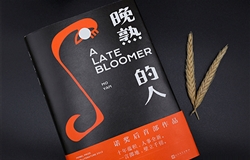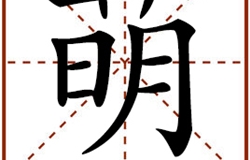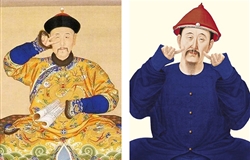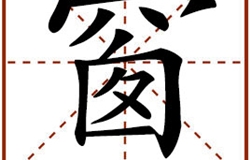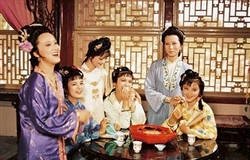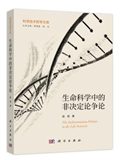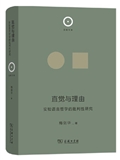Culture
-
People visit a folk lantern show at the Yu Garden in Shanghai for the upcoming 2021 Lantern Festival. Photo: Zhu Yanlin/PROVIDED TO CSST The L…[详细]02-25-2021
-
A family on the Loess Plateau in northwest China adorn a door with Spring Festival couplets in 2009 Photo: CFP For many Chinese people, their m…[详细]02-18-2021
-
"The White Goose with Red Polygonum" by Emperor Huizong of Song Photo: FILE The existent paintings attributed to the Northern Song emperor Zhao…[详细]01-27-2021
-
A Late Bloomer by Mo Yan Photo: XINHUA In 2020, an unusual year, Chinese writers made remarkable literary achievements. Vitality can be found e…[详细]01-21-2021
-
The Yongzheng Emperor (left) and the Kangxi Emperor (right) strike cute modern-day poses for the Palace Museum's marketing campaign Photo: PALACE …[详细]01-13-2021
-
A still from the 1987 TV adaptation of The Dream of the Red Chamber reveals the style of ancient window screen and latticework. Photo: FILE Gau…[详细]01-06-2021
- In 221 BCE, the Qin wars of conquest brought an end to the Warring States Period, a tumultuous era marked by…MORE
- The tradition of painting coffins is deeply rooted in Han culture, and the origin of the lian-bi patterns ca…MORE
- China’s Great Wall dates back as early as to the Spring and Autumn period.MORE
- The Miaodigou culture was viewed as the heyday of painted pottery.MORE
- Xu Zhimo was known for his efforts to set Chinese poetry free from the constraints of its traditional forms,…MORE
-
Let me state that I am against a certain “apologetic” stance taken by the entire field of the humanities r…[详细]



